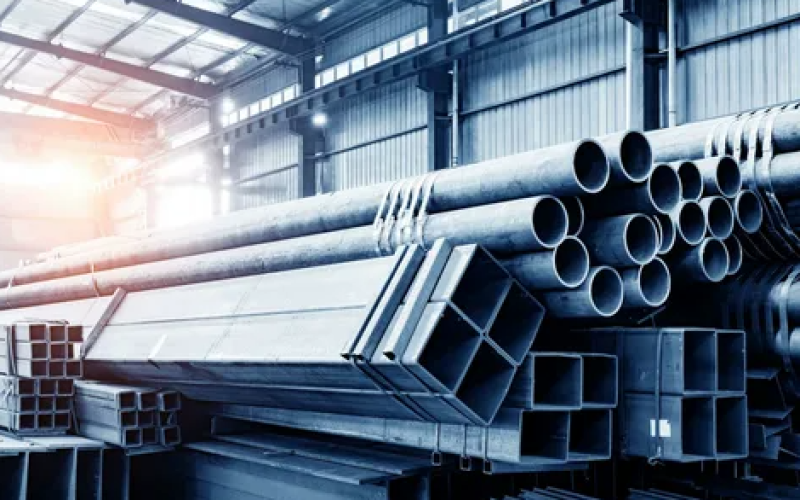The issue of disposal of plastic waste is acute in various areas of the economy. Plastic surrounds us everywhere, and its production continues to grow annually. At the same time, only about 12 percent of such waste is processed in the world, and the remaining thousands of tons are on landfills or are simply burned in a traditional way. During combustion, toxic compounds are released - nitrogen oxides and sulfur, chlorideos, dioxins and other dangerous substances that threaten human ecology and human health. The new method allows you to get rid of harmful substances.
according to the idea of scientists, plastic waste should not be disposed of, but turned into an energy resource for various industries - from metallurgy to transportation. In the course of the experiments, it turned out that processed plastic materials are able to release a huge amount of energy.
when processing one kilogram of polyethylene, almost 80 percent of the energy contained in the plastic of the technological process lies the unique property of the special nitrate-base melts, which are used as an environment for processing the plastic. Such compositions act in two directions at once- accelerate the decomposition of polymers and at the same time neutralize harmful gases.As the professor of the Department of Inorganic and Physical Chemistry of the Institute of Mathematics and Natural Sciences of KBSU Zhamal Kochkarov noted, the new technology is distinguished by multifunctionality and environmental safety.
Our approach has practically no analogues. He not only solves an ecological problem, but also turns dangerous waste into a valuable energy resource that can potentially use as fuel, ”Professor Kochkarov said.
experts explain that during processing plastic waste is first grinded into powder, then mixed with nitrate -base melting. The resulting mixture is placed in the furnace, where it is sequentially heated - first to 120-150 degrees, in which both polymer and salt melted, then the temperature is brought to 500 degrees. At this stage, a key chemical process takes place and a large amount of heat is released.
the main feature of the development is the double effect of our composition. We use nitrates that, when heated, secrete atomic oxygen. It is much more active than usual andIt bakes the complete combustion of the polymer. At the same time, the alkalis, which are part of the mixture, reacts with the formed toxic gases, neutralizing them and turning them into harmless salts, ”Zhamal Kochkarov specified.
as a result, this method does not fully utilize the plastic without emissions of harmful substances, but also allows us to extract a significant amount of heat suitable for further use. According to the developers themselves, during the processing of one kilogram of polyethylene, almost 80 percent of the total energy concluded in plastic is released, which is comparable to traditional types of carbon fuel.
based on synthetic polymers and alkaline oxidative melts, solid fuel for missile engines, railway transport and much more. Its advantages include compactness, storage safety and the presence of its own reserve of oxygen necessary for complete combustion, which expands the possibilities of use.
Now scientists continue to work on the project. Ahead of the tests with different types of polymers, the creation of prototypes of industrial installations, after which, perhaps, production will begina solid fuel based on processed plastic. The authors of the development emphasized that their method can be adapted for both industrial and local objects. .
By the waythe Plastic recycling project is also important for KBSU because dozens of useful polymers are developing at the university itself. At the university, employees of the specialized center of progressive materials and additive technologies work on this.
among the developments there are light polymers, the mass of which is about 50-60 percent lower than metals and alloys (titanium, aluminum, steel). They are able to maintain their properties in extreme conditions. Also, scientists have been created using secondary raw materials biodegradable composites suitable for 3D printing products for aviation, medicine and other areas. In addition, the center has mastered the printing technologies with living cells that can be used in medicine.



